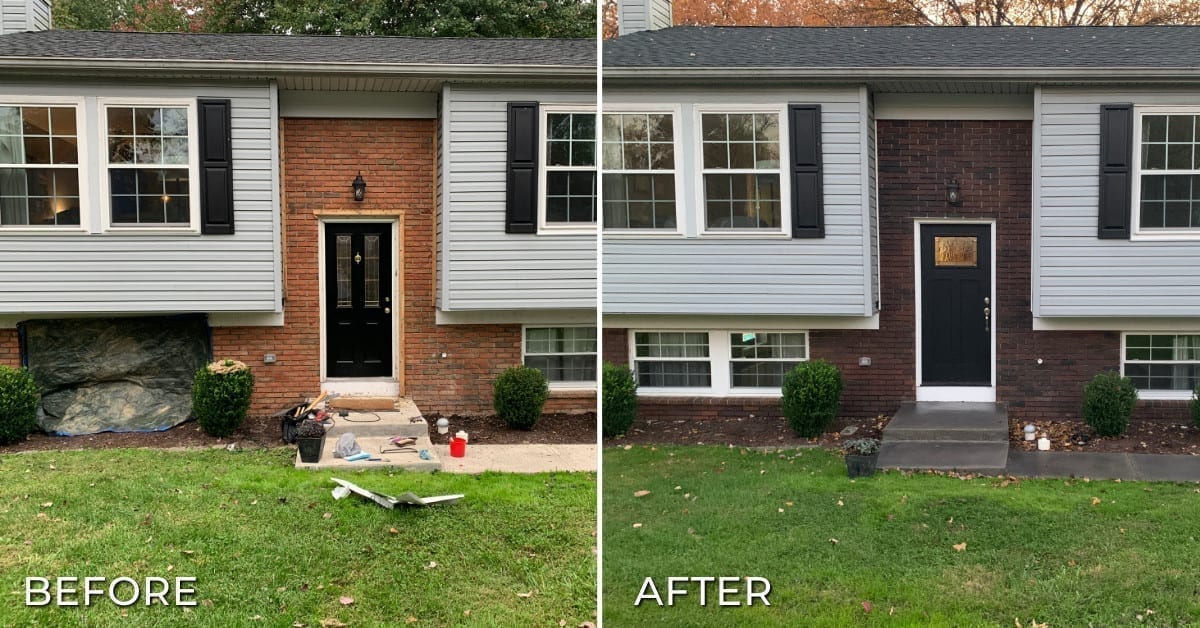Staining Concrete Pavers: Step-by-Step Instructions and Helpful Tips
By Justin Richardson
Are you planning to revamp your patio, walkway, driveway, or any other outdoor surfaces? Staining concrete pavers can be an excellent choice. Whether you’re aiming for a complete color transformation or a simple refurbishment, there are several methods and products at your disposal to achieve the perfect finish. This blog will guide you through the process of staining and sealing your concrete brick pavers. We’ll also share some successful project examples to inspire your DIY journey. By following our advice, you’ll be able to rejuvenate your outdoor space effectively and efficiently.
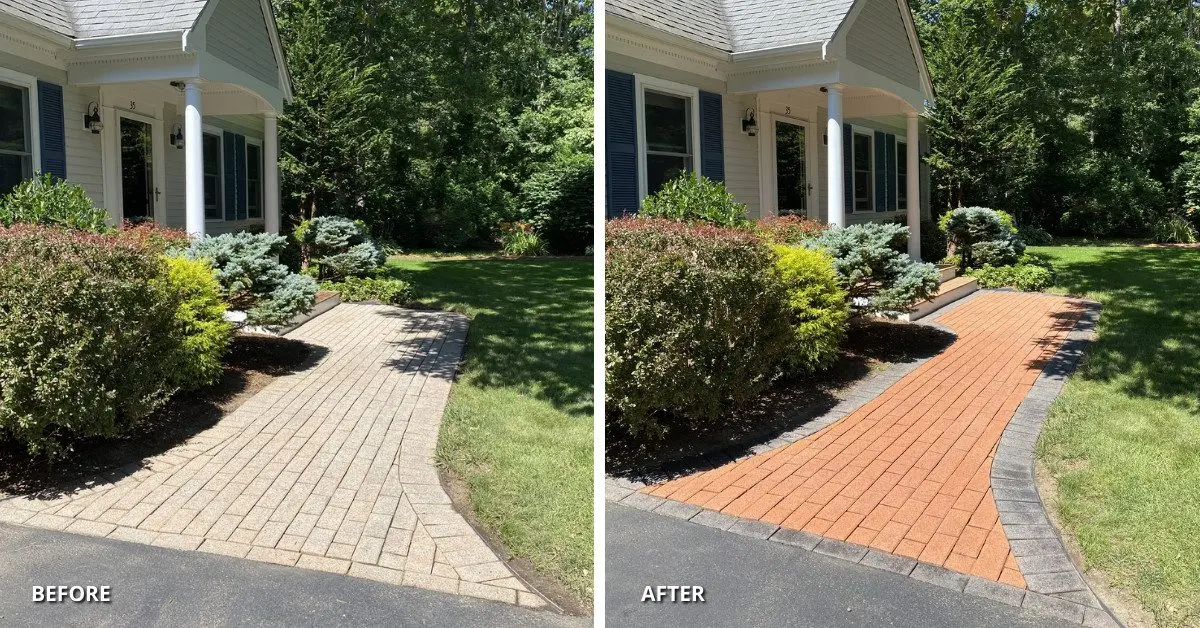
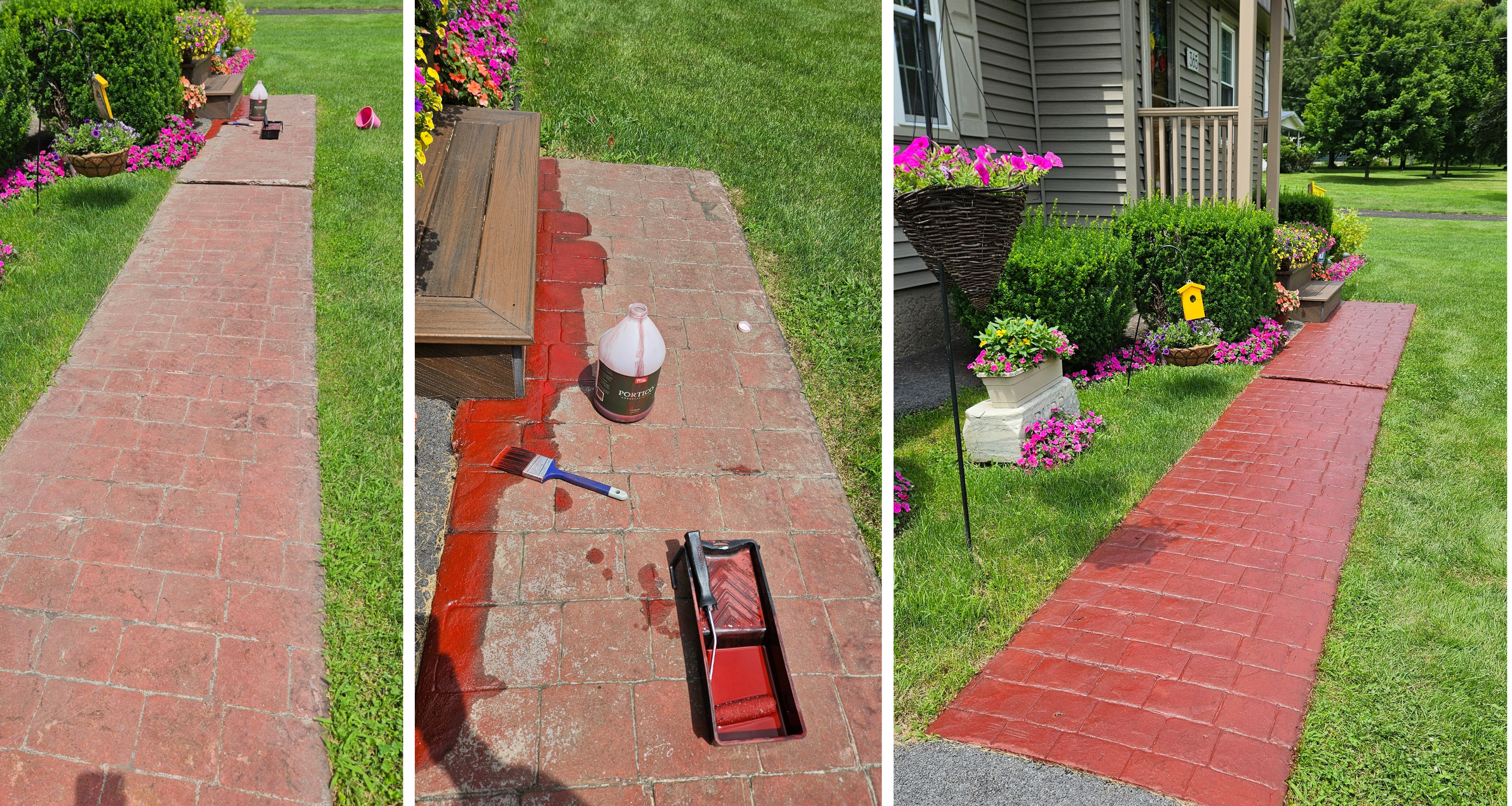
A Step-by-Step Guide to Staining Concrete Brick Pavers
Revitalize your brick patio pavers with a fresh stain by following these simple steps:
- Surface Cleaning: Ensure your pavers are thoroughly cleaned. This means removing all dirt, dust, stains, or other elements that could negatively affect the final staining outcome.
- Stain Preparation: Pour your chosen paver stain into a pump sprayer.
- Stain Application: Use the pump sprayer to evenly apply two coats of the paver stain onto the concrete brick pavers in a circular motion.
- Add Layers if Required: Determine whether additional layers are needed to reach your desired color. However, keep in mind that adding more than three layers can lead to adherence issues with the stain on the pavers.
- Sealing the Surface: Once the stain has settled and dried, seal the surface of your brick pavers. You can spray or roll two coats of the sealer evenly across the surface, allowing each coat to dry completely. This will safeguard the color and enhance the lifespan of your stained pavers.
By adhering to these straightforward steps, you can effortlessly refresh the look of your brick patio pavers with an alluring stain.
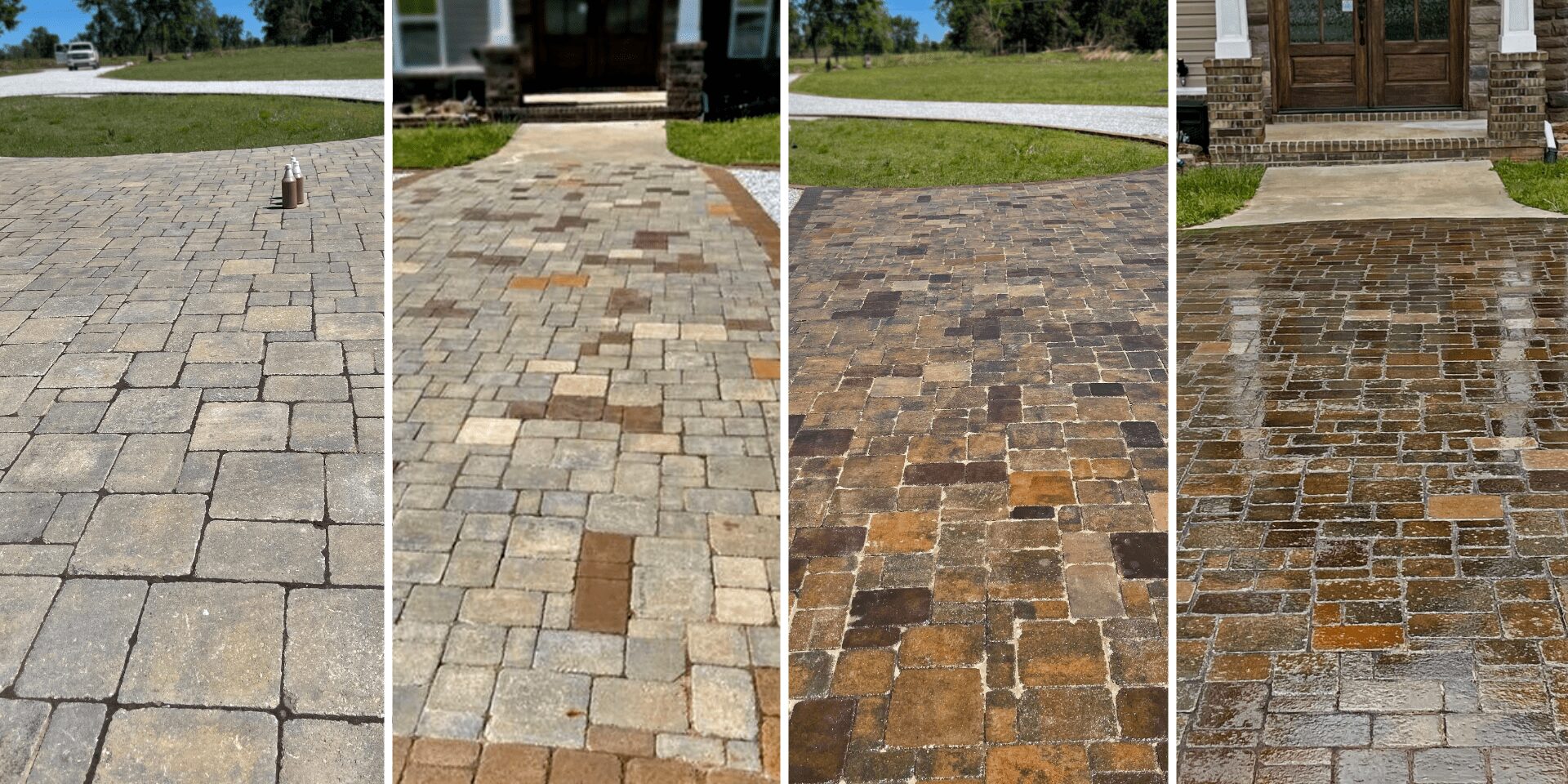
Can You Change the Color of Pavers?
Yes, you can change the color of your pavers with concrete stains and a basic understanding of color theory. Applying complementary colors can help neutralize the existing shade and change the color of your brick pavers. However, keep in mind that the original color, porosity, and composition of your pavers can influence the final result in ways you might not expect.
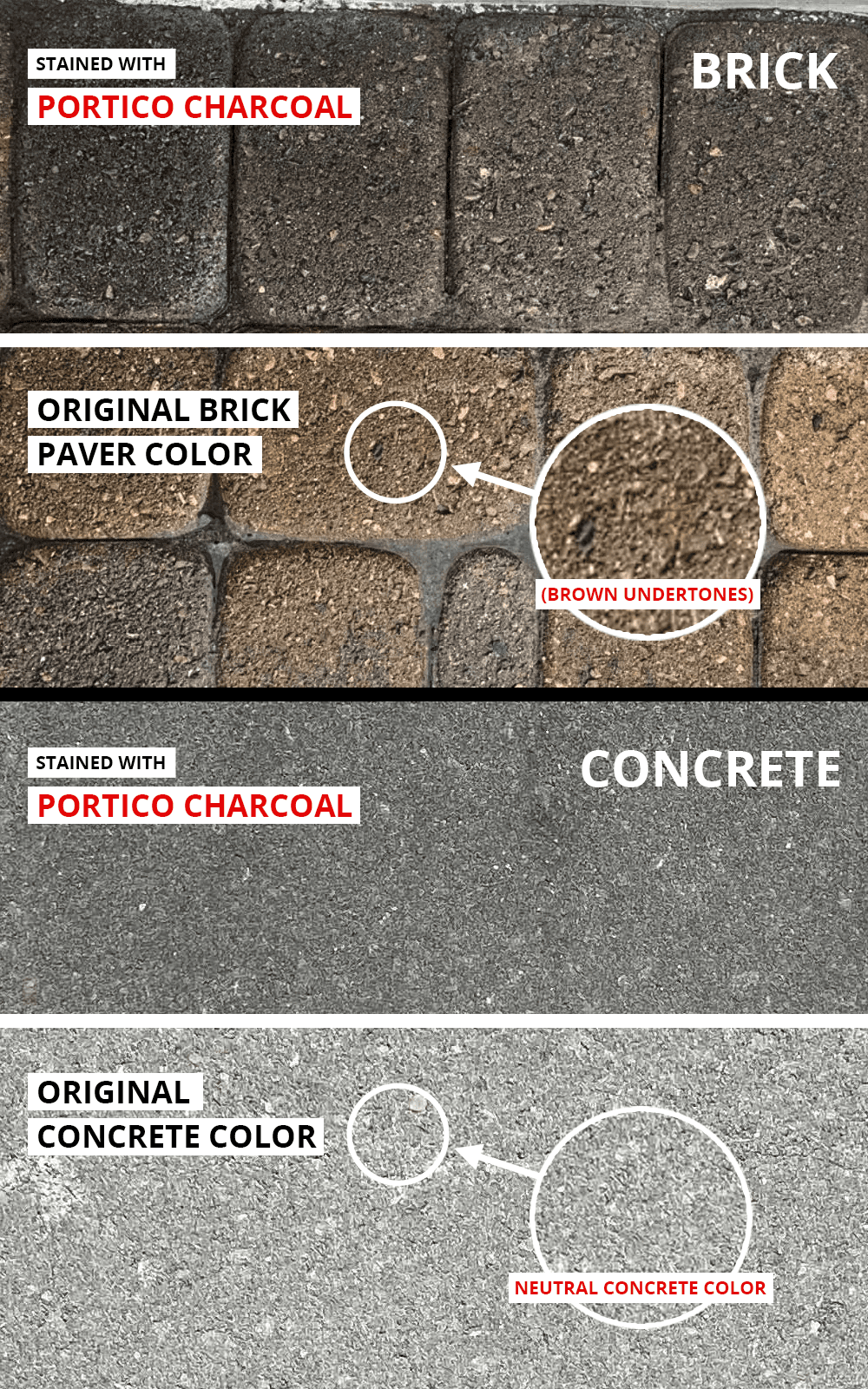
Always test the stains on a small, hidden portion of your pavers before proceeding with the entire project.
To change the color of red pavers to gray, you’ll need a paver stain or tinted sealer in a gray shade. Begin by cleaning the paver surface thoroughly to eliminate any dirt or dust. Follow the manufacturer’s instructions to prepare the stain or sealer, then apply it uniformly over the pavers in a circular motion. If using a paint roller, ensure even application. Let the stain dry completely before adding additional layers to reach your preferred shade of gray. Lastly, seal the pavers to protect the color and prolong the surface lifespan.
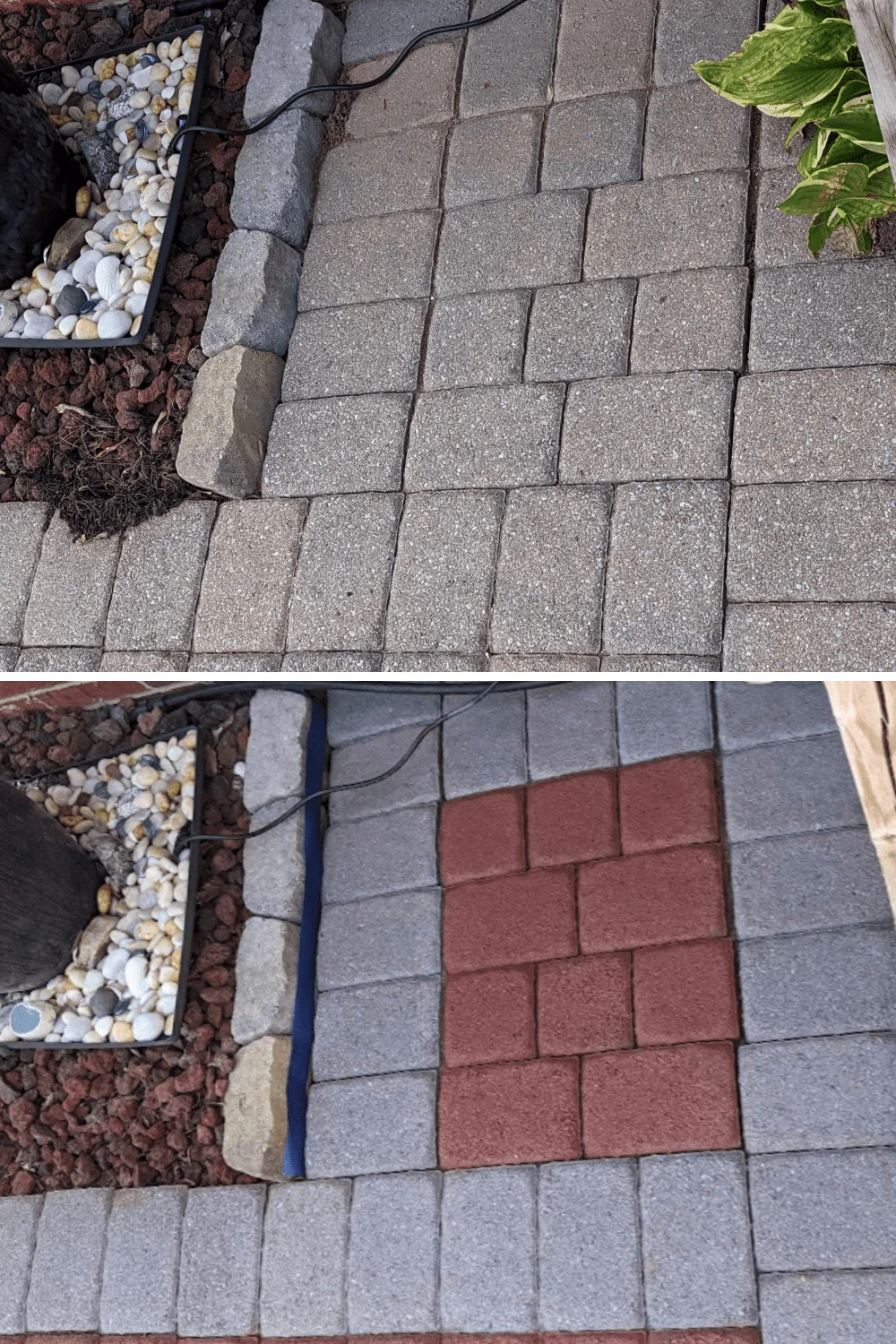
What's the Best Stain for Pavers?
For optimal results when staining concrete pavers, a concrete stain with a high pigment concentration is recommended. A prime example is Portico™ Paver Stain, which is a highly saturated exterior concrete stain designed specifically for coloring concrete pavers. This semi-transparent stain can be applied over previously stained and sealed concrete pavers, adding a tint to the surface while still allowing the texture to show through. Unlike paint, Portico™ Paver Stain is not opaque and will not cover up the existing texture of the pavers.
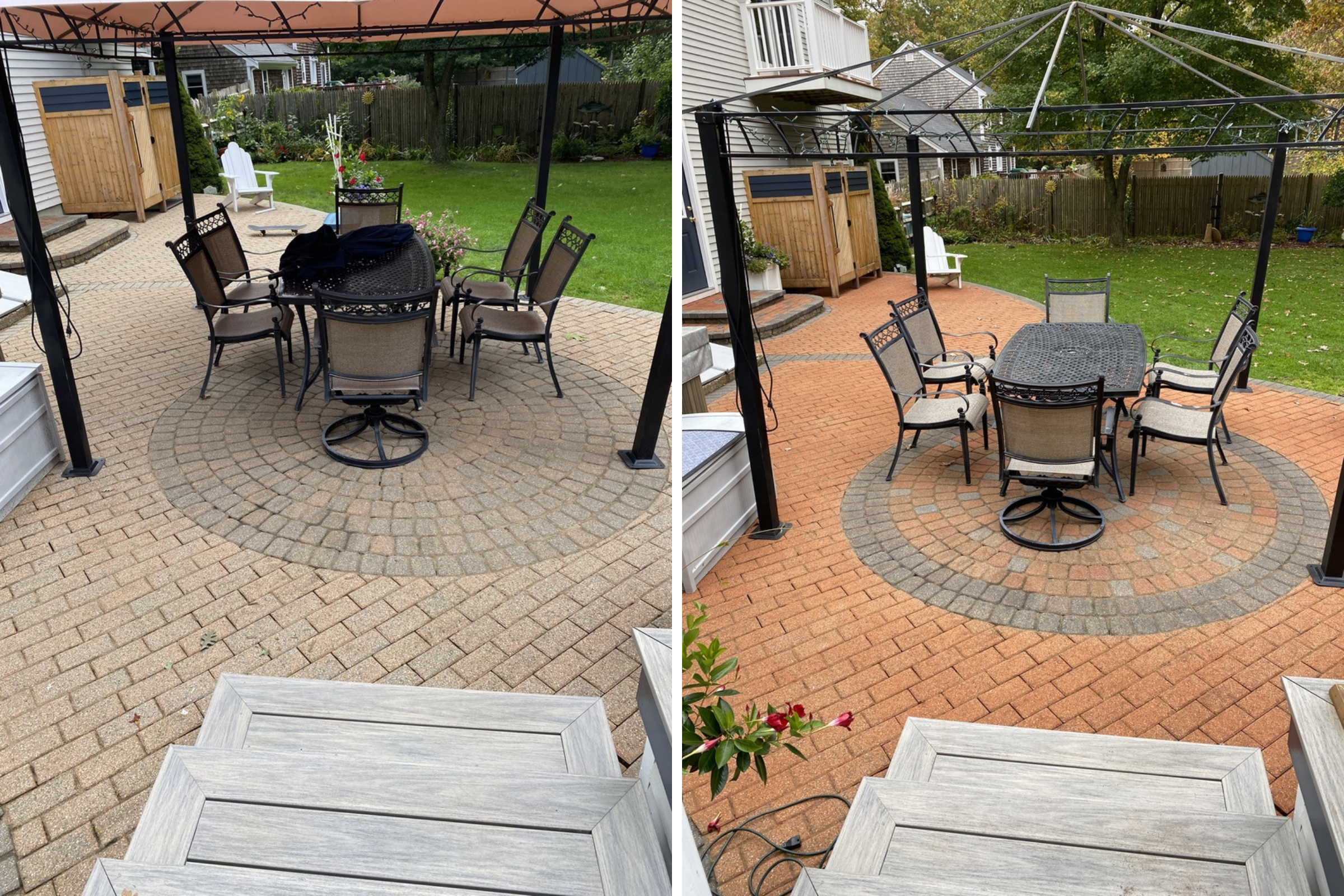
Efflorescence Removal and Revitalization of a Brick Paver Patio
When faced with an old brick patio marked with efflorescence and cement grout damage, a savvy homeowner opted for a revitalization using Portico Milano Red and Pumpkin stains. An important first step in this project was the removal of efflorescence, a common issue many homeowners struggle with. To tackle this, the patio underwent a thorough high-pressure spraying process which effectively eliminated the efflorescence and prepared the surface for staining.
Each brick was then individually stained using sponge brushes, a labor-intensive process requiring patience and diligence. After the stain had dried, two coats of satin sealant were applied to protect and enhance the new color. The homeowners found that using a short-nap roller for the sealant application helped to ensure an even finish.
The final result was a beautifully refreshed and vibrant patio, free from efflorescence and grout damage, and now boasting a stunning two-tone color effect.
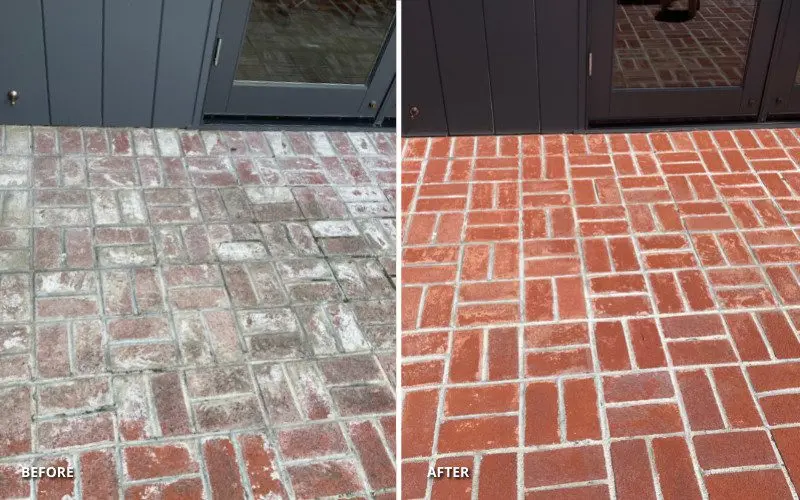
Personal Tips: This project required patience and strong knees, as staining each brick individually was a labor-intensive process. However, the end result was well worth the effort.
The Ideal Sealer for Stained Concrete Brick Pavers: A DIYer’s Guide
To ensure the color of your stained concrete brick pavers remains vibrant and their surface durable, choosing the right sealer is crucial. A sealer with high acrylic content is generally the best choice as it effectively protects against fading and wear and tear.
Acrylic is the hero component in paver sealants; the higher the acrylic content (25% solids or more is ideal), the longer the sealer is likely to last. This is particularly important for pavers in high traffic areas like driveways, walkways, and patios where they face regular use and exposure to the elements.
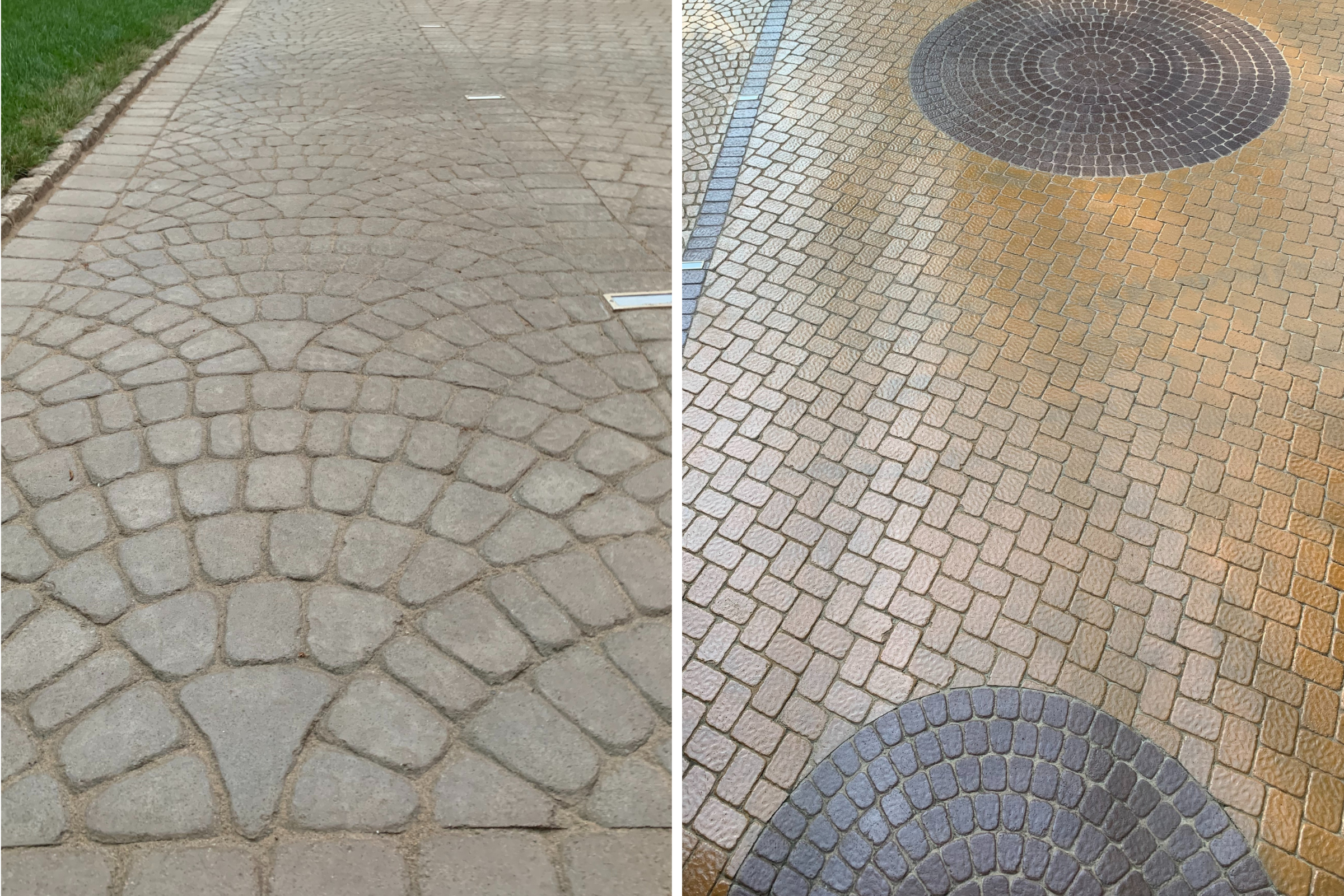
For those looking for some inspiration, one homeowner recently revitalized their 15-year-old driveway with Direct Colors products. They stained and sealed their border, half-moon, and circular circle pavers with Aztec Brown from the Portico™ Paver Stain line and finished with a coat of High Gloss EasySeal™ Sealer. The rest of the driveway was stained with EasyTint™ Goldenrod Gloss for a harmonious, renewed look.
Personal Tips: Trust the experts! Following the tips and instructions provided by Direct Colors will ensure you achieve the best results for your project.
How do I know if my pavers have been sealed?
If you’re not sure whether your patio pavers have been sealed, there is an easy way to find out. Follow these three steps:
- Pour a small amount of water onto the surface of the pavers.
- Observe how the water behaves. If it is absorbed easily into the pavers, it is likely that they have not been sealed. If the water beads on the surface or takes a while to be absorbed, it is likely that the pavers have been sealed previously.
- Repeat the test in a few different areas of the patio to ensure that you are getting a consistent result.
Sealing patio pavers can help to increase their lifespan and protect them from water damage and erosion. If you are unsure whether your pavers have been sealed, this simple test can give you an idea of their current state.
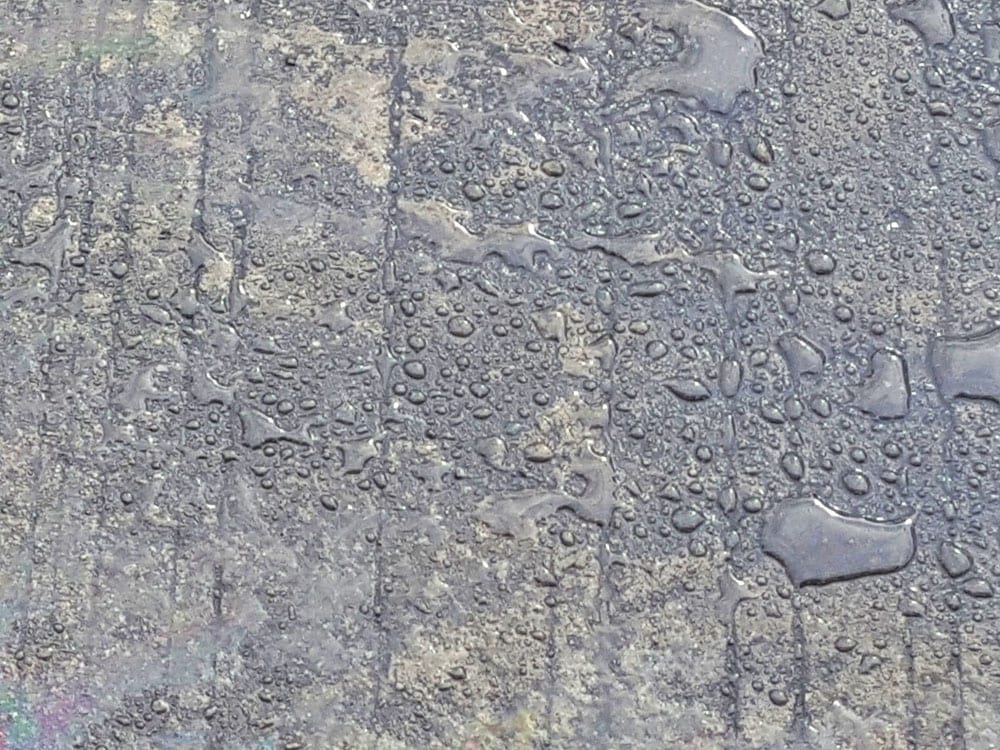
Explore our collection of inspiring paver staining projects complete with before and after photos, tips, and techniques. From patios to walkways, this gallery features a range of paver projects with step-by-step instructions to help you successfully stain your concrete surfaces. Use our resource to find the ideal paver stain and achieve your desired finish.





